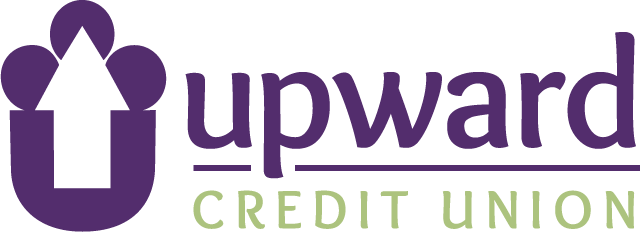As of January 1, 2019 the annual contribution limit is $6,000 (under the age of 50) and $7,000 (age 50 and older). The annual limit applies collectively to both Roth and Traditional IRA’s.
You can establish and contribute to a Roth IRA even after age 70½ as long as you (or your spouse, if filing a joint tax return) have earned compensation from employment, and it is within the applicable IRS limits.
While contributions are not tax deductible, contributions and earnings can be withdrawn tax-free with limitations (see chart), and unlike traditional IRAs, you are not required to begin taking required minimum distributions after reaching age 70½.
Recent tax law changes make converting to a Roth IRA a smart move for more people. The law lifts previous income limits, making it possible to convert from a Traditional IRA to a Roth IRA regardless of income. And there’s more good news: Under a special rule applying to 2010 conversions, you have the option of spreading out your tax liability on a Roth IRA conversion over the 2011 and 2012 tax years.
Catch-up contributions—Individuals who have reached age 50 by the end of the year are able to make additional catch-up contributions of $1,000 per year to their traditional or Roth IRA.


